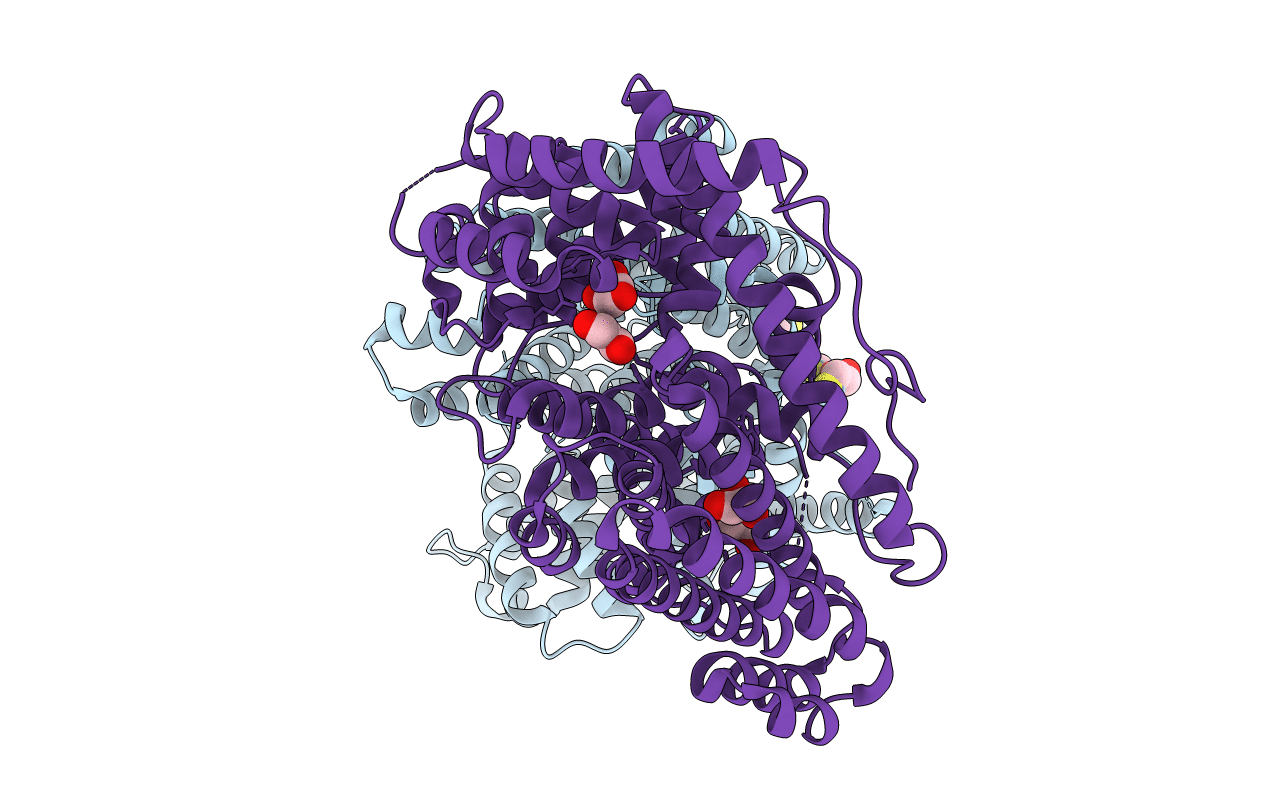
Deposition Date
2009-02-03
Release Date
2009-06-16
Last Version Date
2023-09-06
Entry Detail
PDB ID:
3G4D
Keywords:
Title:
Crystal Structure of (+)-delta-Cadinene Synthase from Gossypium arboreum and Evolutionary Divergence of Metal Binding Motifs for Catalysis
Biological Source:
Source Organism:
Gossypium arboreum (Taxon ID: 29729)
Host Organism:
Method Details:
Experimental Method:
Resolution:
2.40 Å
R-Value Free:
0.23
R-Value Work:
0.19
R-Value Observed:
0.19
Space Group:
P 21 3


